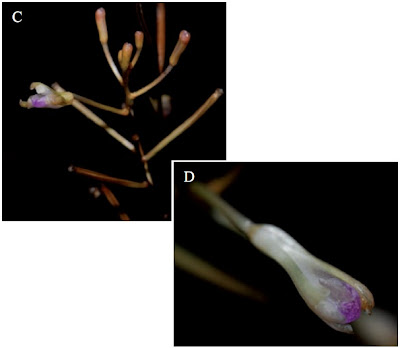Abstract
Short-tailed pythons, Python curtus species group, occur predominantly in the Malayan Peninsula, Sumatra, and Borneo. The discovery of an adult female in Mon State, Myanmar, led to a review of the distribution of all group members (spot-mapping of all localities of confirmed occurrence) and an examination of morphological variation in P. brongersmai. The resulting maps demonstrate a limited occurrence of these pythons within peninsular Malaya, Sumatra, and Borneo with broad absences in these regions. Our small samples limit the recognition of regional differentiation in the morphology of P. brongersmai populations; however, the presence of unique traits in the Myanmar python and its strong allopatry indicate that it is a unique genetic lineage, and it is described as Python kyaiktiyo new species.
Keywords: biogeography, herpetofauna, morphometrics, scalation
Python kyaiktiyo | Pythons in Myanmar/Burma: Short-tailed python (Reptilia: Squamata) http://bioone.org/doi/abs/10.2988/10-34.1
















































